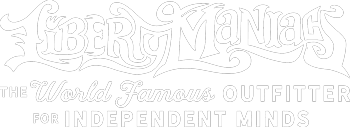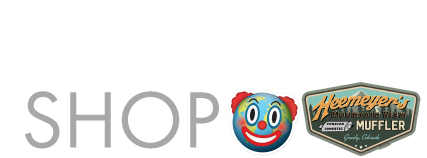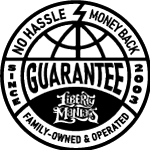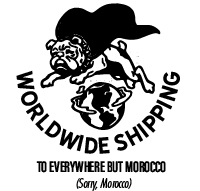Whiskey Rebellion 7 Bars 7 Stars Flag Patch
After the Revolutionary War, the Federal government inherited the war debts of the individual states. To pay off this debt, in 1791, Congress imposed an excise tax on whiskey, an idea conceived by Secretary of the Treasury, Alexander Hamilton. This tax was met with hostility by western farmers who viewed it as a personal attack. Whiskey was not only their beverage of choice, but it also served as a currency and medicine since the Continental paper money was not widely accepted. Many distillers in the west refused to pay the tax and were forced to travel to Philadelphia for trial.
However, the Whiskey tax was only one of the issues that led to the growing unrest in the west, which ultimately culminated in a rebellion. In 1794, 7,000 armed militia troops rebelled against the government, and to quell the uprising, President Washington sent the Continental Army. This was the first test of the power of the new government, with 13,000 federal troops sent to the western Pennsylvania area.
Even before the first shots were fired, western Pennsylvanians began making a range of protest flags or "rebel flags." One popular flag sold at flag stores featured an eagle holding a ribbon in its beak and thirteen six-pointed stars scattered on a blue field. However, historians disagree on whether this flag was ever actually flown, as there are no contemporary accounts of it. Some believe it was more likely a standard from Federal troops left behind after the insurrection as regimental standards were often blue fields.
Other flags included a six-striped flag with scripted versions stating "An Equal Tax and No Excise," and "Equal Taxation and No Excise - No Asylum for Traitors and Cowards" after the tax collector's farm was burned down. Some flags read "Liberty or Death," "Liberty and Equality," or "An Equal Tax and No Excise O Whiskey."

The most reliable contemporary record is for the six or seven-striped flags. At one gathering, the rebels raised a liberty pole with a flag featuring six bars. Hugh Henry Brackenridge, a moderate and eventual Pennsylvania Supreme Court Justice who was opposed to both the tax and the violence, specifically mentions this flag in a book he wrote about the rebellion. Another handsome variation was one that had seven stars and bars, representing five Pennsylvania counties and two Virginia counties.
What all these flags have in common is simplicity and an anti-Federal theme. Given the politics and people of the region, the anti-Federal theme is not surprising. The people of western Pennsylvania, and many other western regions, were not federalists and held a distinct antifederalist tilt.
• 26% cotton, 74% polyester
• Attachment options: iron-on, sew-on, or safety pin
• 3.5" x 2.25"
Collections: Accessories, Gifts & Stocking Stuffers, Handmade | Made by Hand by Maniacs, New Arrivals, Patches | Embroidered Morale Patches
Type: Patch
Category: 7 Bars 7 Stars, america, american flag patch, american history, embroidered, flag, history, logo, morale patch, patch, patriot, taxes, whiskey rebellion
